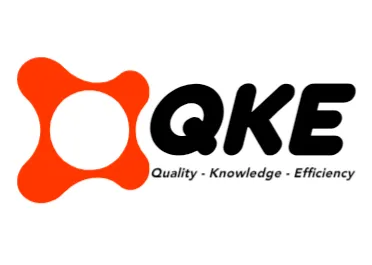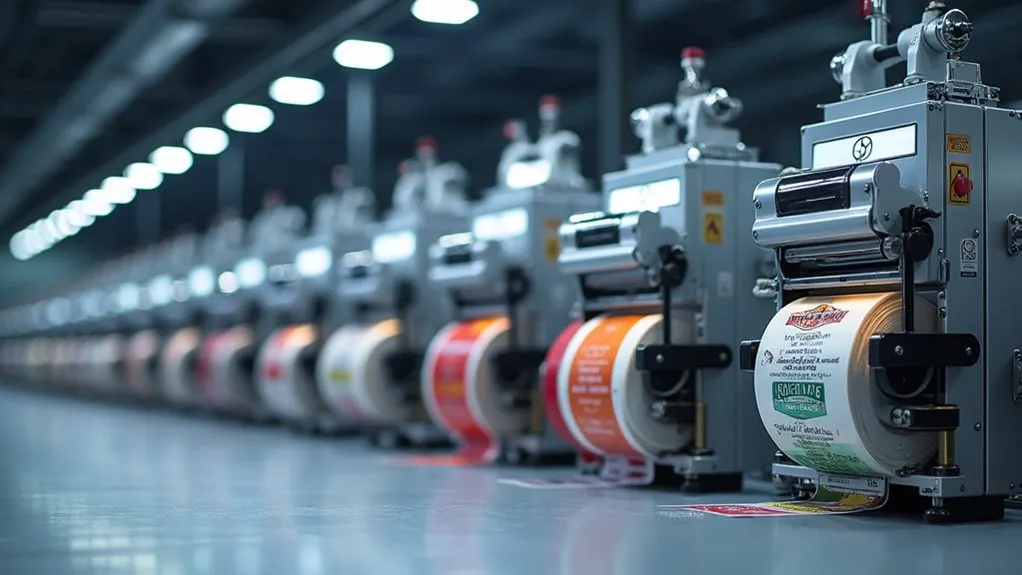Sticker labeling machines provide fast, accurate, and versatile labeling solutions for various industries. Capable of applying up to 1,000 labels per minute, these machines ensure efficient production with advanced sensor technology for precision. With customizable designs and eco-friendly options, they accommodate diverse product shapes and sizes. Regular maintenance ensures long-term performance. This exploration reveals how these machines enhance production efficiency, accuracy, and cost savings, inviting a deeper understanding of their operational benefits and branding engagement opportunities.
Key Takeaways
- Advanced technology in sticker labeling machines ensures high-speed and accurate labeling operations.
- Versatile machines accommodate various product shapes, sizes, and materials for flexible packaging solutions.
- Sustainable labeling options include eco-friendly materials and energy-efficient technology.
- Regular maintenance and care are critical for long-term machine operation and consistent performance.
- Efficient labeling enhances brand engagement through interactive labels and streamlined inventory management.
Understanding Sticker Labeling Machines
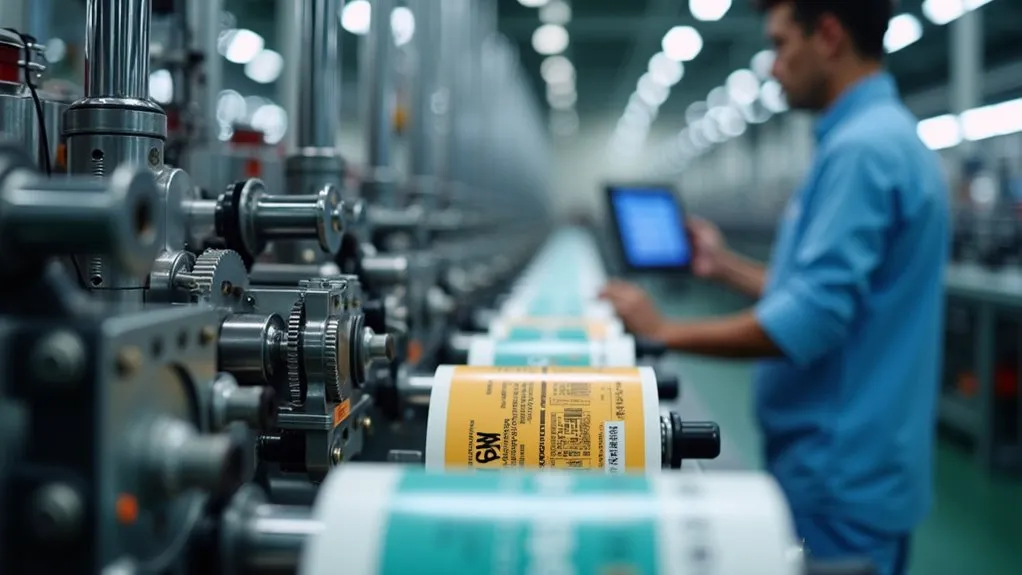
Sticker labeling machines, also known as sticker labelers, primarily function to automatically or semi-automatically apply pre-printed, pressure-sensitive labels or stickers onto various products and packaging.
These machines are designed to handle diverse label designs and product shapes, ensuring application efficiency and consistency. Key components such as conveyor systems, labeling heads, and applicators work together to precisely position and apply labels, while sensors and control systems support accurate timing and product detection. Moreover, the use of advanced technology enhances these machines’ ability to manage complex labeling applications with ease.
The versatility of sticker labeling machines in adapting to various application methods, including wipe-on, tamp, and air-blow techniques, further enhances their utility in high-speed labeling environments. Indispensable across industries, these machines are critical for maintaining product integrity and regulatory compliance in sectors like pharmaceuticals, food and beverage, and consumer goods.
High-Speed Labeling for Large-Scale Production
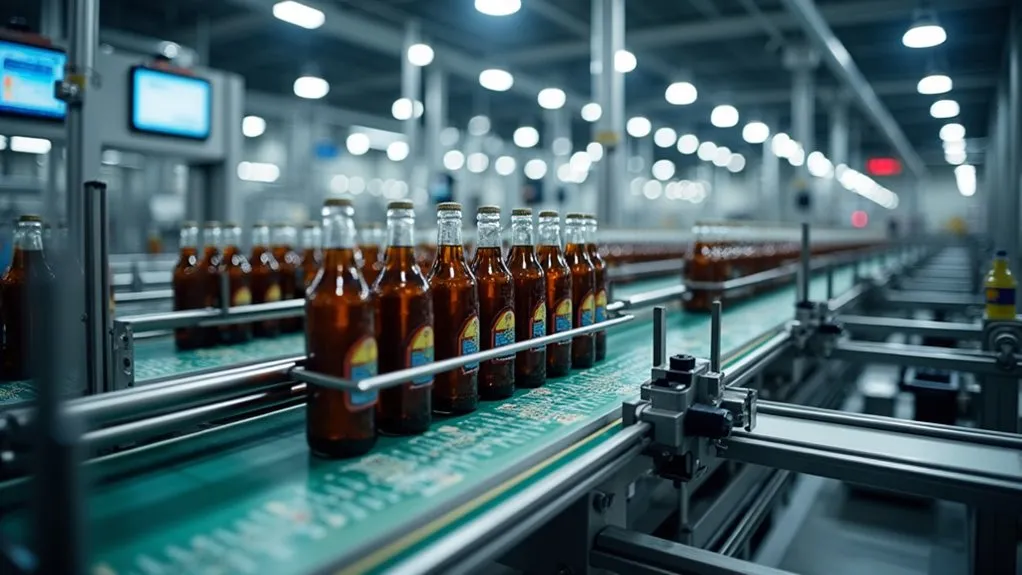
High-speed labeling machines are designed to meet the demands of large-scale production, with industrial labeling equipment capable of applying labels at speeds up to 1,000 labels per minute, ensuring rapid product processing.
Complementing these devices, high-capacity label printers facilitate efficient production of pre-printed labels, maintaining a seamless flow of labeling materials essential for continuous operation.
Synchronizing these technologies is critical to meeting the labeling demands of high-volume production environments. Furthermore, advancements in high-speed printing capabilities are enhancing the efficiency of these labeling processes, further optimizing operations.
Industrial Labeling Machines
In the realm of modern manufacturing, the implementation of industrial labeling machines has become integral to ensuring efficient and high-speed marking on large-scale production lines.
These machines embody a synthesis of advanced labeling techniques and automation benefits, delivering unmatched speed and precision. Key features include:
- High application speeds, often exceeding 300 products per minute.
- Integration of servo motor technology and user-friendly interfaces for seamless operation.
- Customizable systems to accommodate various product shapes and sizes.
- Continuous 24/7 operation capabilities, minimizing downtime.
- Enhanced production efficiency, accuracy, and cost savings through reduced labor and waste.
Industrial labeling machines are a testament to the pivotal role of automation in elevating manufacturing processes to new heights of productivity and consistency.
High-Capacity Label Printers
The adoption of high-volume label printers has revolutionized mass production processes by delivering unmatched speed, accuracy, and efficiency in label creation.
These printers utilize advanced technologies such as thermal transfer and digital inkjet to achieve high-resolution label designs with rapid print speeds, up to 18 inches per second.
These capabilities ensure clear, durable labels suitable for harsh environments and product identification, while smart features and connectivity options enhance integration with management systems.
The result is a cost-effective labeling solution that minimizes errors, boosts productivity, and supports customization for diverse industrial needs.
Precision and Versatility in Label Application
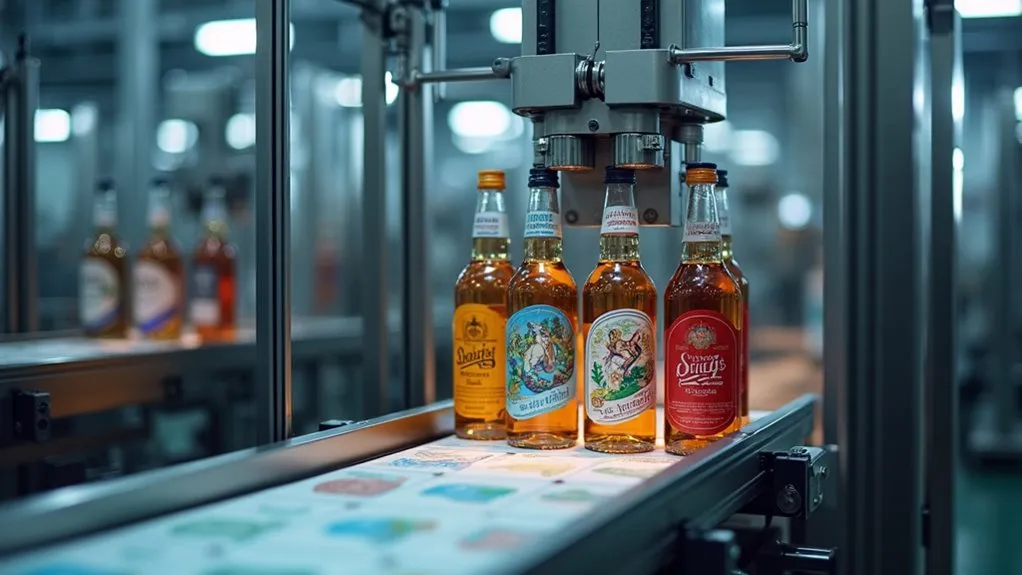
Precision and versatility are paramount in label application technology, ensuring that products are labeled accurately and efficiently regardless of their material, shape, or size.
Advanced sensor technology, programmable logic controllers, and high-precision motors enable label placement accuracy across diverse materials.
Sticker labeling machines demonstrate:
- Compatibility with multiple materials: from paper to foil.
- Application across various surfaces: plastic, glass, metal.
- Handling different adhesive types: from pressure-sensitive to hot melt.
- Flexible packaging solutions: from pouches to rigid containers.
- Support for various label types: from barcodes to QR codes.
This adaptability ensures precise labeling across a wide range of products, maintaining high-quality results and operational efficiency. Additionally, integrating automation can significantly reduce labor costs and optimize production efficiency.
Navigating Connectivity and Customization Features
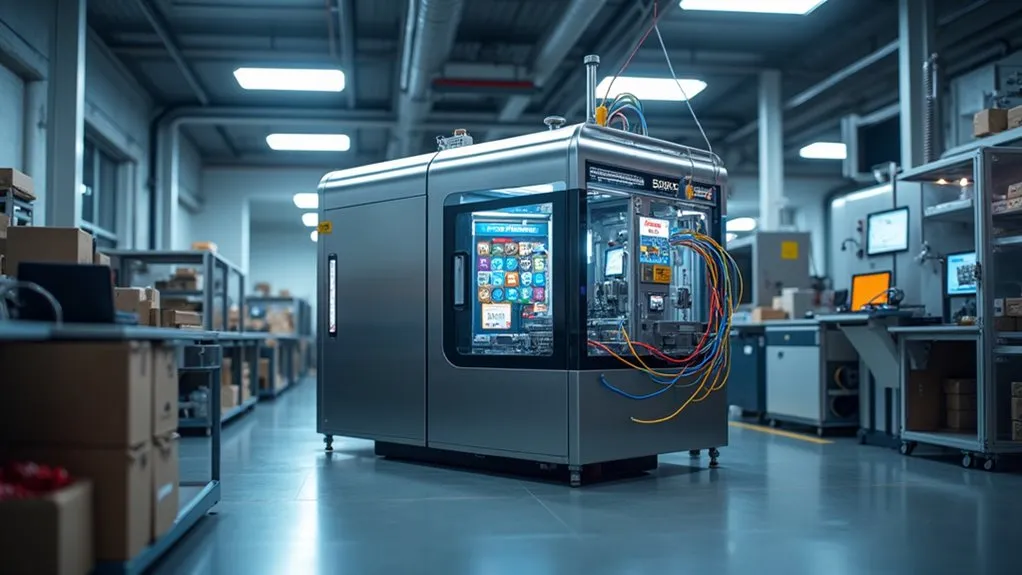
How do modern sticker labeling machines address the complexities of connectivity and customization in today’s fast-paced manufacturing environment?
These machines leverage wireless connectivity and application integration to optimize label design and printing processes, enabling seamless integration with e-commerce platforms and business software.
Customization features are supported through advanced software compatibility, including direct integration with ERP systems for automated label creation.
Additionally, cloud-based platforms and developer tools like SDKs and APIs provide greater scalability and flexibility, enabling dynamic management and real-time label customization. This comprehensive approach ensures that sticker labeling machines remain at the forefront of cutting-edge technology, meeting the dynamic demands of modern manufacturing. Furthermore, integrating smart label technology enhances operational efficiency by facilitating inventory tracking and supply chain visibility.
Specialized Labeling Solutions for Unique Products
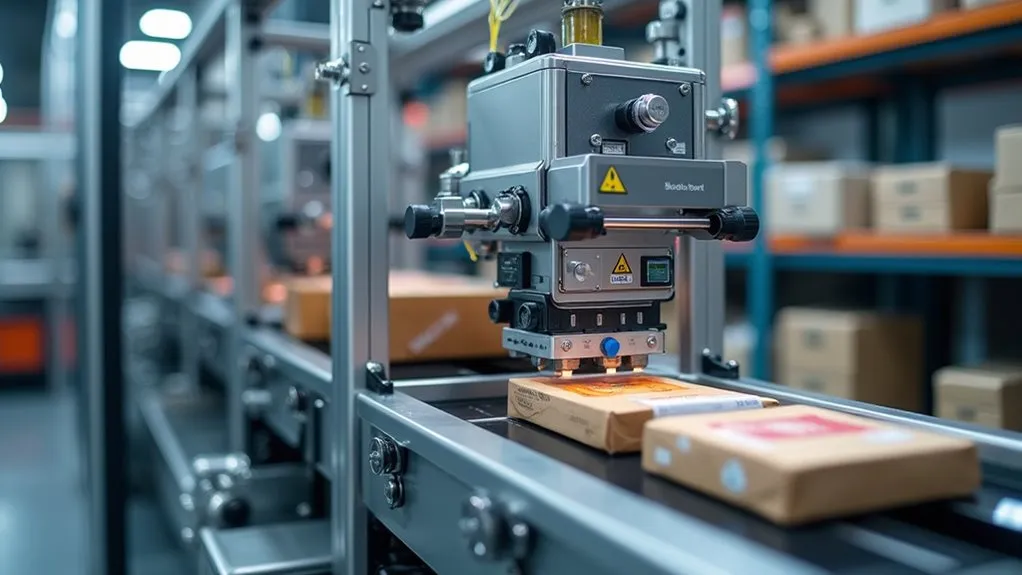
Specialized labeling solutions cater to unique products by employing precision labeling techniques that ensure accurate application on irregular shapes and delicate items.
Innovative material applications, such as flexible labels for conical containers and non-contact “blow-on” applicators for fragile products, enhance the adaptability of labeling machines.
Advancements in labeling technology enable efficient handling of various product shapes and sizes while maintaining high precision and quality.
Precision Labeling Techniques
Modern labeling machines employ advanced technology to ensure precision and efficiency in labeling unique products. These systems prioritize label placement accuracy and application speed, addressing challenges posed by irregular and uniquely shaped products. The integration of AI-controlled robotics, vision-guided technology, and modular designs facilitates high-speed application while maintaining accuracy.
Key features of these advanced labeling techniques include:
- AI and machine learning algorithms for adaptability and error reduction.
- Vision-guided systems for precise label placement and orientation.
- High-speed dispensing with modular configurations.
- Diverse application methods, including wipe-on and air-blow techniques.
- Integration of collaborative robotics for enhanced flexibility and productivity.
These technologies enable precise and efficient labeling of a wide range of product shapes and sizes, ensuring that even the most unique products receive high-quality label applications.
Innovative Material Applications
As demand for unique product labeling solutions grows, innovative material applications are becoming increasingly critical in the packaging industry.
Sustainable labeling materials, including plant-based options like cotton and sugarcane waste, and recycled-content materials like rPE and rPP films, are gaining popularity.
Biodegradable and compostable materials like PLA offer eco-friendly alternatives.
Smart and interactive designs, incorporating technologies like QR codes, RFID, and NFC, enable enhanced information access and real-time product tracking.
Smart labels with environmental response capabilities ensure product safety.
Augmented reality integration creates immersive user experiences.
Specialized adhesives and flexible materials like MDO films accommodate irregular surfaces and unique product shapes, expanding the scope of label applications.
Advancements in Label Printing Technology
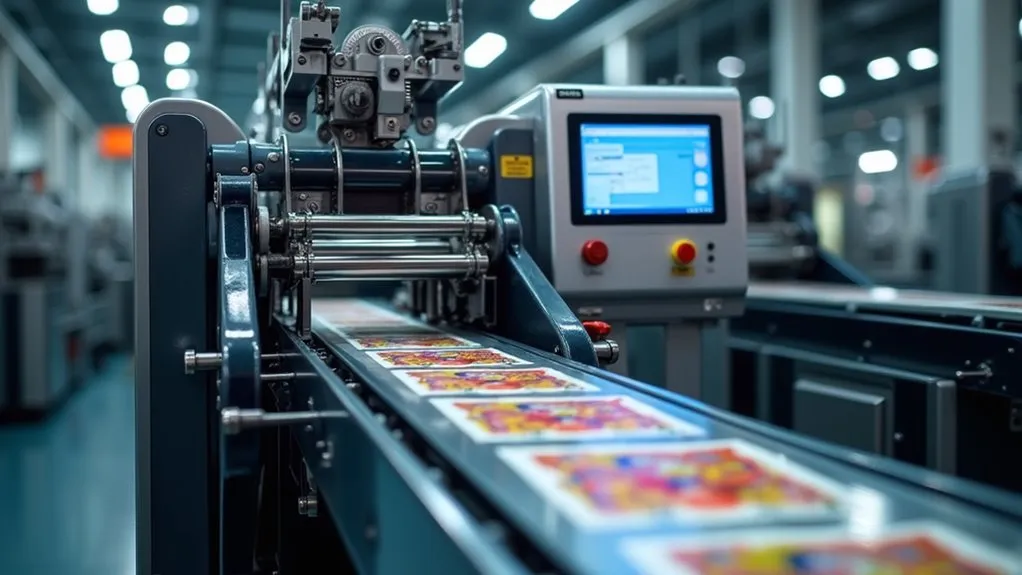
While traditional printing methods have been the industry standard for labeling, recent advancements in digital printing technology have ushered in a new era of efficiency and flexibility.
This digital transformation supports more dynamic and responsive label designs, adapting quickly to market trends and regulatory requirements.
- Plateless Printing Processes: Eliminating the need for printing plates accelerates production and allows rapid design changes.
- Cost-Effective Short Runs: Digital printing offers cost efficiency for producing high-quality, customizable labels for specialty or seasonal products.
- Variable Data Capabilities: Labels can be personalized with unique identifiers like barcodes, enhancing product traceability and security.
- Eco-Friendly Practices: Reduced waste and energy consumption contribute to lower environmental impact.
- Material Versatility: Digital printing accommodates a wide range of label materials, including synthetic and textured options, expanding design possibilities.
Choosing the Right Label Material for Your Needs
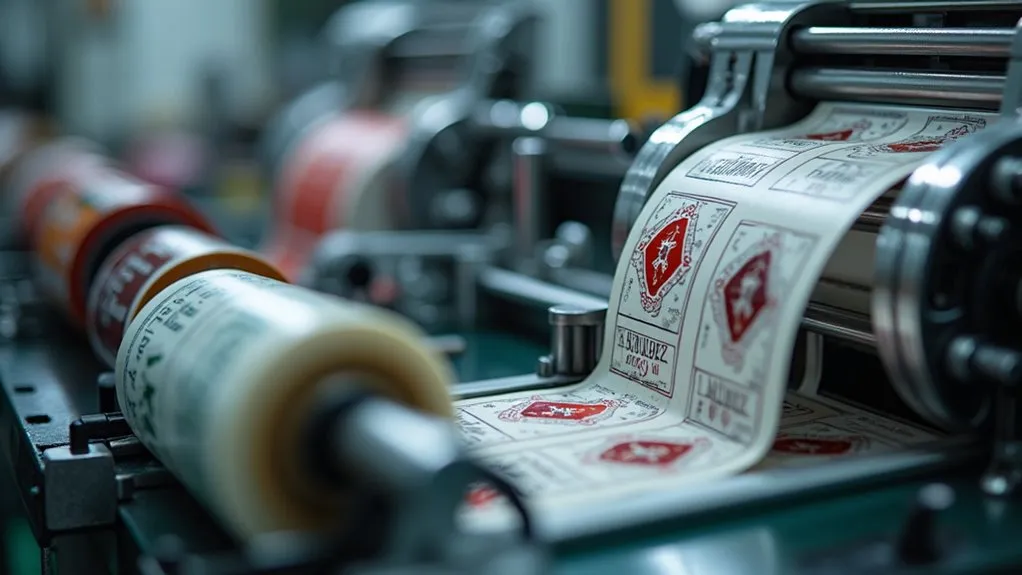
Selecting the appropriate label material is critical to ensuring label effectiveness and durability across various applications.
Material comparisons reveal that paper is cost-effective for indoor use, while polyester and vinyl offer superior durability and resistance to moisture, chemicals, and UV exposure for outdoor applications.
Paper is ideal for indoor labels, while polyester and vinyl provide durability and resistance to moisture, chemicals, and UV for outdoor use.
Polypropylene’s flexibility suits curved surfaces and squeezable containers.
Durability factors include resistance to tearing, weathering, and UV protection.
Heat and cold resistance are critical for industrial or frozen product labels.
Adhesive types, from permanent to removable, impact label longevity.
Finishing options like matte or gloss affect appearance and readability.
Ultimately, a detailed cost analysis, considering both initial costs and durability, guides material selection for specific application scenarios, ensuring labels remain functional and aesthetically pleasing.
Maintenance and Care for Long-Term Performance
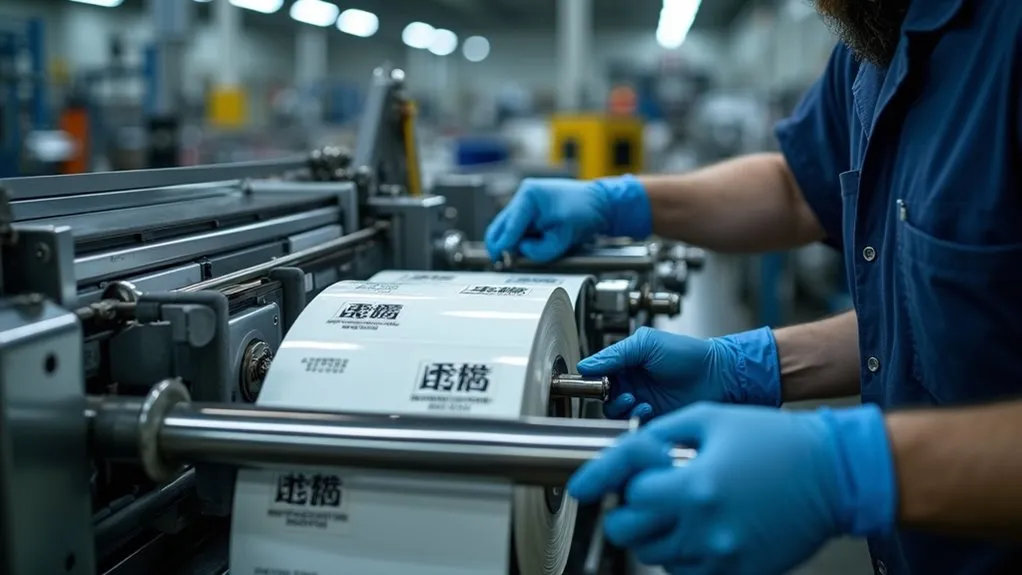
Ensuring the long-term performance of labeling machines requires thorough maintenance and care.
Regular maintenance and preventive upkeep include:
- Daily Cleaning and Component Sanitization: Essential to prevent adhesive buildup and ensure accurate label placement.
- Mechanical Adjustments and Lubrication: Reduce wear and maintain alignment and application pressure.
- Periodic Inspections and Part Replacement: Prevent unexpected failures and extend machine lifespan.
- Sensor Functionality Checks: Ensure accurate detection and label placement.
- Calibration and System Testing: Maintain machine accuracy and efficiency.
Detailed record-keeping of maintenance tasks is crucial for tracking machine health and anticipating future service needs.
Adhering to these practices optimizes performance and reliability.
Eco-Friendly Options in Sticker Labeling Machinery
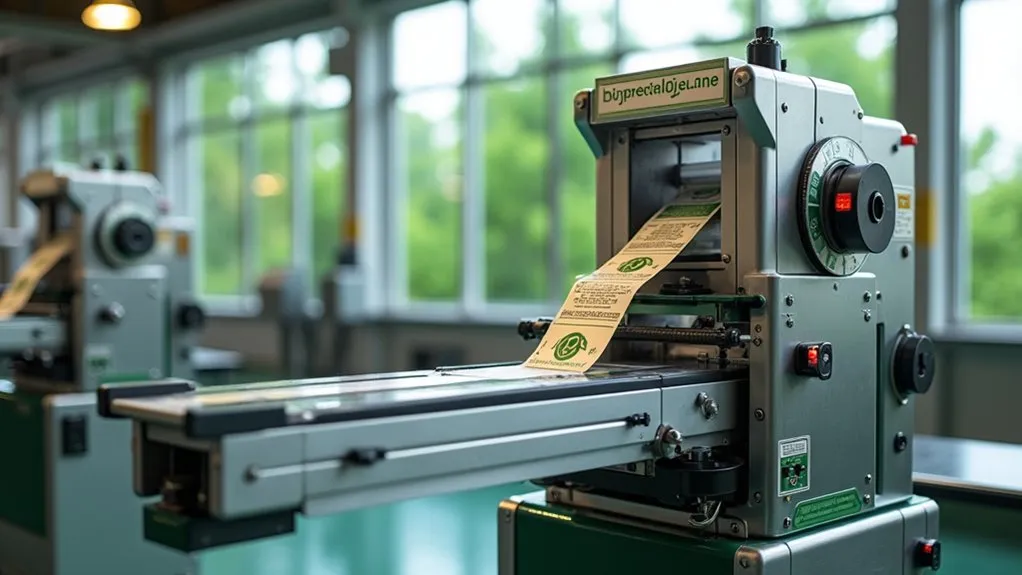
Eco-friendly labeling machines increasingly incorporate sustainable technologies to reduce environmental impact while maintaining high performance.
These machines feature energy-efficient technology such as thermal printing, LED UV curing, and ENERGY STAR certification to minimize power consumption.
Waste reduction is achieved through digital printing for short-run production, linerless labels, and high-precision die-cutting to minimize material scrap.
Additionally, these machines support sustainable materials, including labels made from recycled paper or biodegradable substrates and materials sourced from renewable resources.
Future Trends in Label and Sticker Manufacturing
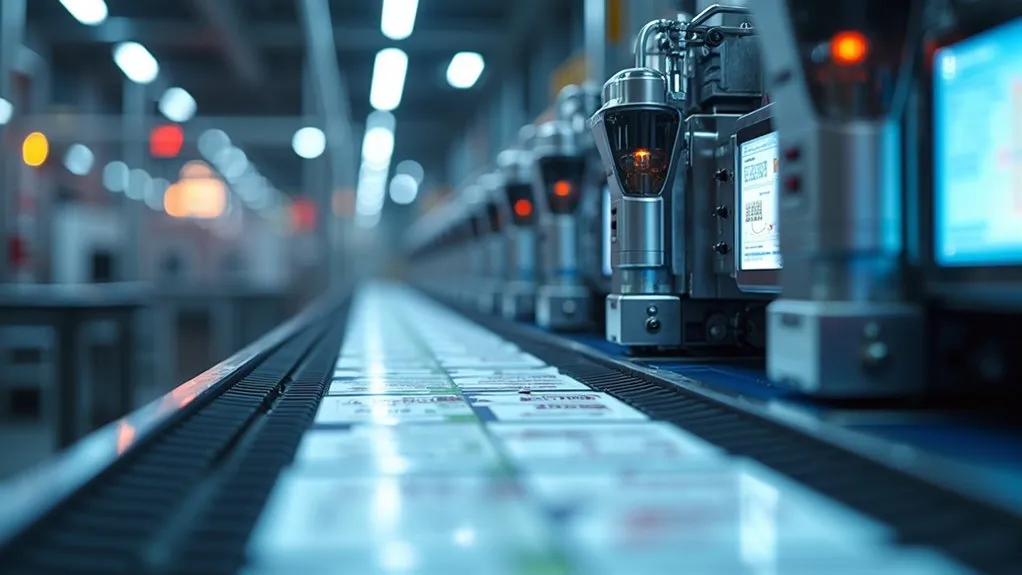
The future of label and sticker manufacturing is being shaped by emerging technologies like smart labels and interactive technology.
The industry is also shifting toward eco-friendly practices, with a focus on sustainability and waste reduction.
Personalization trends are driving demand for more unique and customized label designs, which can be produced rapidly using advanced sticker machinery.
Emerging Technologies
As the labeling and sticker industry evolves, emerging technologies are poised to revolutionize the landscape, driven by advancements in digital printing, smart labels, automation, materials, and software.
Key developments include:
- Advancements in digital printing enable high-speed, cost-effective production with enhanced flexibility and quality.
- Integration of smart label technologies like RFID, NFC, and QR codes to improve supply chain transparency and customer engagement.
- Automation and robotics enhance efficiency in label application and quality control, reducing manual labor and errors.
- Advanced material developments offer durability, flexibility, and unique finishes for diverse applications.
- Software solutions provide centralized label management, integration with enterprise systems, and sophisticated design capabilities.
These innovations collectively shape the future of label design and production, steering the industry toward greater efficiency, customization, and connectivity.
Eco-Friendly Practices
Technological advancements are not the only factor shaping the future of label and sticker manufacturing; eco-friendly practices are gaining prominence as sustainability becomes a core concern for businesses and consumers.
The adoption of sustainable labeling materials, such as recycled paper and plant-based options derived from sugarcane, corn, and bamboo, reflects a growing trend toward environmentally responsible sourcing. Biodegradable materials, including those certified by the Forest Stewardship Council (FSC) or made from agricultural byproducts like bagasse, exemplify the industry’s shift toward green alternatives.
Additionally, the use of eco-friendly inks and adhesives, such as water-based and soy-based formulations, along with compostable adhesives meeting standards like EN 13432, underscores a comprehensive approach to minimizing environmental impact.
Personalization Trends
Personalization trends are shaping the future of label and sticker manufacturing, driven by advancements in digital printing technology and the integration of smart label features.
As market demands evolve, the industry is witnessing a shift toward more personalized and interactive labeling solutions.
Key developments include:
- Enhanced label aesthetics through high-quality digital printing.
- On-demand production, reducing inventory costs and waste.
- Integration of interactive elements like QR codes and NFC technology.
- Elimination of minimum order quantities, enabling greater flexibility.
- Faster turnaround times, allowing rapid label information updates.
These advancements not only enhance the visual appeal of labels but also provide brands with powerful tools to engage customers and optimize production processes.

 Tiếng Việt
Tiếng Việt 日本語
日本語 中文 (中国)
中文 (中国) 한국어
한국어